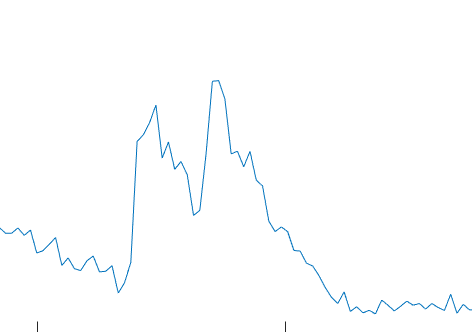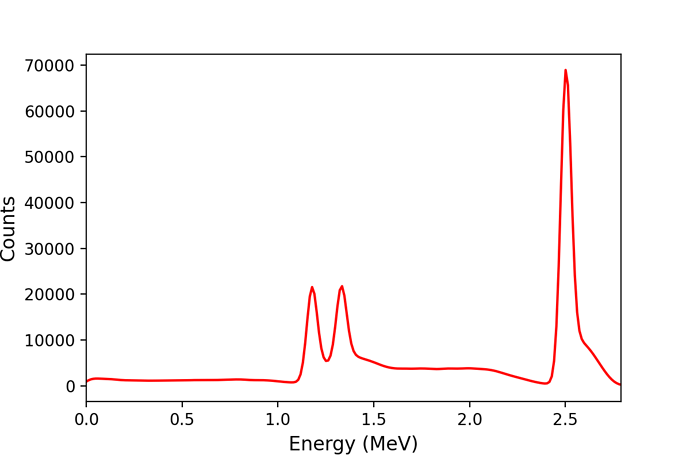Sir,
I am trying to simulate the CsI(Tl) scintillator however I forgot to define and add thallium.
Also, I modified the example OpNovice, sorry for mentioning OpNovice2 again and again. Hence, I defined all the optical properties in the macro itself.
Relevant Optical Properties are
PhotonEnergies: {1.378eV, 1.577eV, 1.776eV, 1.855eV, 1.915eV, 1.975eV, 2.024eV, 2.074eV, 2.144eV, 2.194eV, 2.253eV, 2.273eV, 2.373eV, 2.452eV, 2.522eV, 2.552eV, 2.592eV, 2.611eV, 2.651eV, 2.711eV, 2.791eV, 2.940eV, 3.049eV, 3.149eV, 3.258eV, 3.368eV, 3.517eV, 3.845eV, 4.144eV, 4.512eV,
4.830eV, 5.089eV, 5.388eV, 5.726eV, 6.054eV, 6.203eV }
Refractive Index: 1.55(const)
Absorption Length: 7 m
scintComponent1 = { 0.0000, 0.0001, 0.0001,0.0002,0.0003,0.0005,0.0006,0.0007,0.0008,
0.0009,0.0010,0.0011,0.0011,0.0010,0.0010,0.0009,0.0009,0.0008,
0.0007,0.0006,0.0005,0.0004,0.0003,0.0002,0.0001,0.0001,0.0000,0.0000,
0.0000,0.0000,0.0000,0.0000,0.0000,0.0000,0.0000,0.0000};
scintComponent2 = { 0.0000, 0.0003, 0.0006, 0.0009, 0.0012, 0.0017, 0.0022, 0.0027, 0.0031, 0.0035, 0.0038, 0.0041, 0.0041, 0.0039, 0.0037, 0.0035, 0.0032, 0.0029, 0.0026, 0.0021, 0.0017, 0.0015, 0.0012, 0.0009, 0.0006, 0.0003, 0.0001, 0.0000, 0.0000, 0.0000, 0.0000, 0.0000 , 0.0000, 0.0000, 0.0000, 0.0000};
Scintillation Yield : 6500/MeV
RESOLUTIONSCALE ,1.0
SCINTILLATIONTIMECONSTANT1 3.16*ns
SCINTILLATIONTIMECONSTANT2 32.3*ns
Thank You

